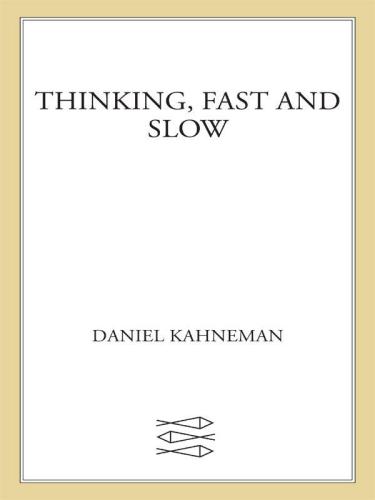
From "Thinking, Fast and Slow"
The Representativeness Heuristic and Base Rate Neglect
Key Economic Insight
The representativeness heuristic is a cognitive shortcut used to judge the probability of an event or characteristic by assessing how well it matches a mental stereotype or a typical instance. When asked to estimate likelihood, people often substitute this more accessible judgment of similarity. This intuitive process is deeply embedded in System 1, generating impressions without conscious intent.
A significant flaw of this heuristic is the neglect of base rates, which are the prior probabilities or general frequencies of events in a population. When specific, descriptive information about an individual (e.g., a personality sketch) is provided, people tend to disregard the statistical base rates, even when they are highly relevant. For example, individuals often ignore the actual enrollment proportions in university departments when predicting a student's major if the student's description fits a particular stereotype.
This bias is further compounded by insensitivity to the quality of evidence, driven by WYSIATI. The mind tends to process available information as if it were true, making it difficult to account for unreliability or uncertainty in the description. While representativeness can sometimes lead to accurate inferences, its exclusive reliance often results in predicting unlikely events with excessive confidence and making errors in probabilistic reasoning.
📚 Continue Your Economic Learning Journey
Access the complete Thinking, Fast and Slow summary with audio narration, key takeaways, and actionable insights from Daniel Kahneman.